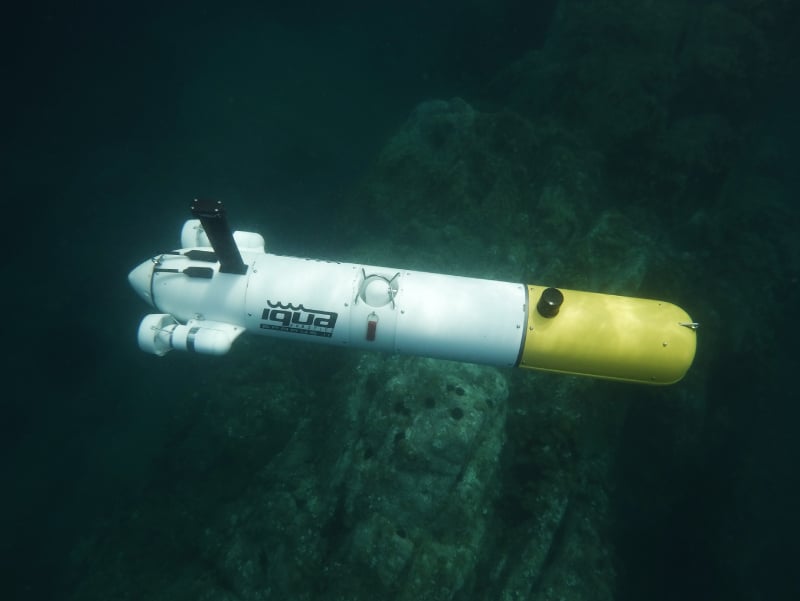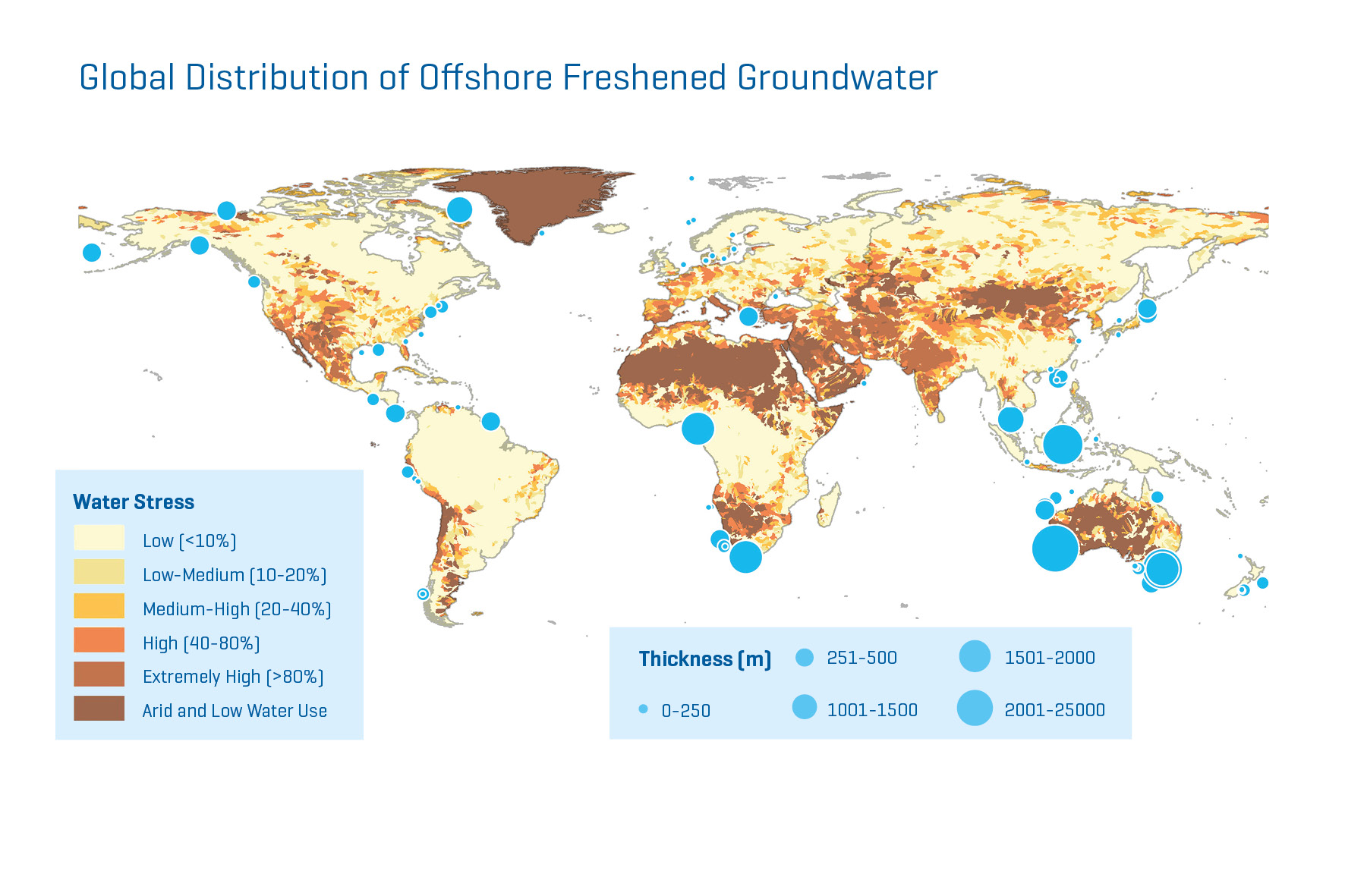
A scientific team will develop an underwater platform called PLOME to intelligently monitor marine ecosystems in real time. Over the course of three years, a non-invasive, modular platform to collect essential data for the scientific community will be developed. Several Spanish universities and institutes take part in it, including the Universitat Politècnica de Catalunya – BarcelonaTech (UPC), says the university in a press release.
Specifically, the project proposes to develop a set of independent systems consisting of fixed stations on the seabed, submarine vehicles and surface vehicles that work together and autonomously to collect data. All the systems are equipped with batteries and communication systems. Underwater vehicles can be docked to charge batteries and surface vehicles can operate by extracting energy from the environment.
This whole set of systems constitutes a platform that can monitor an area for several weeks and up to a month without requiring human intervention. Then the systems are collected and maintained, data are extracted, batteries are charged and the platform can be deployed again to resume monitoring in another area. The UPC’s Technological Development Centre for Remote Acquisition and Data Processing Systems (SARTI) will design the fixed seabed observation stations.

Advance current methodology
The project aims to advance the current methodology, in which data are mainly extracted while a human team is conducting an oceanographic campaign. The PLOME platform allows long-term monitoring with real-time communication to better keep track of the ecosystem.
Since the systems are operating for many days, artificial intelligence is used to detect species and to adapt and optimise seabed monitoring accordingly. Researchers will also receive a summary of real-time detections to let them know what is going on and allow them to reset any parameters to better use the remaining days of data collection.
Platform for Long-lasting Observation of Marine Ecosystems project (PLOME) has a budget of 1.5 million euros from the Spanish State Research Agency and the Next Generation EU plan.
Experiments along the Catalan coast
During the three-year project, three experiments will be conducted along the Catalan coast. The first one will take place off the coast of Sant Feliu de Guíxols in 2023. The technologies developed will for the first time work together to collect data from the seabed. The other two experiments will be conducted during 2024. One will consist of a deep validation (300-500 metres) in a marine protected area near Barcelona using an oceanographic boat. The monitoring systems will be validated under real conditions for several days, supervised and operated from the ship.
The last one will be carried out off the coast of Vilanova i la Geltrú to validate all the systems at shallow depths over a week without interruption. The platform will be connected to the OBSEA underwater observatory to provide real-time monitoring of all the systems to verify that they are working properly.
Scalable vehicle operation
“With PLOME we want to consolidate the use of autonomous underwater vehicles as seabed survey tools that do not require a complete human team and a dedicated infrastructure to operate them,” explains Marc Carreras, a researcher of the UdG’s Computer Vision and Robotics (VICOROB) research group and coordinator of the project. “Autonomous vehicles allow working for one or more days, analysing and making decisions to obtain right data. It is one of the technologies required to properly manage marine ecosystems, as it allows scalable vehicle operation.”
Foto: The autonomous underwater vehicle Sparus II while taking pictures of the seabed
Selected for you!
Innovation Origins is the European platform for innovation news. In addition to the many reports from our own editors in 15 European countries, we select the most important press releases from reliable sources. This way you can stay up to date on what is happening in the world of innovation. Are you or do you know an organization that should not be missing from our list of selected sources? Then report to our editorial team.
